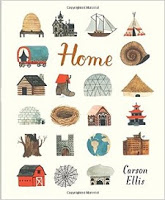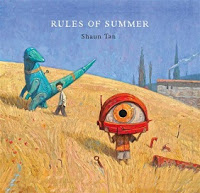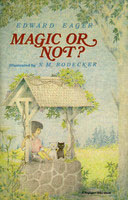by Frans de Waal
As you can tell from the title, this book is about religion, morality and humanism. Particularly, what we can learn or speculate about the evolution and nature of our own moral codes, from how our closest animal relatives behave. While I was expecting it to be mostly about bonobos, it uses a lot of examples from other animals- mostly chimpanzees, some old-world monkeys, elephants and dogs. Its author is a very well-known biologist specializing in the study of bonobos but now I wish I\’d read one of his earlier books, as this one lost me. (I don\’t know if they would have been any better, but there are nine prior titles listed to his name, which seem to be about bonobos or chimpanzees. My guess is they might be more concrete and less meandering, being written earlier in his career?) This book quickly goes into philosophical and religious debates, straying frequently from what seemed to be the topic at hand. Maybe there was a relevant point tied up in it all, but I could not always follow it. I ended up skimming through the entire book, reading the passages that had examples of animals displaying a sense of fairness, ethics, compassion, guilt, etc including what those observations implied, but allowing my eyes to glaze over when it started diving into the tangle of arguments between religious thought and atheism. The book has a lot of acclaim in online reviews at the biggest seller\’s site, but I can\’t find it mentioned on any other book blogs.
Abandoned 289 pages, 2013













